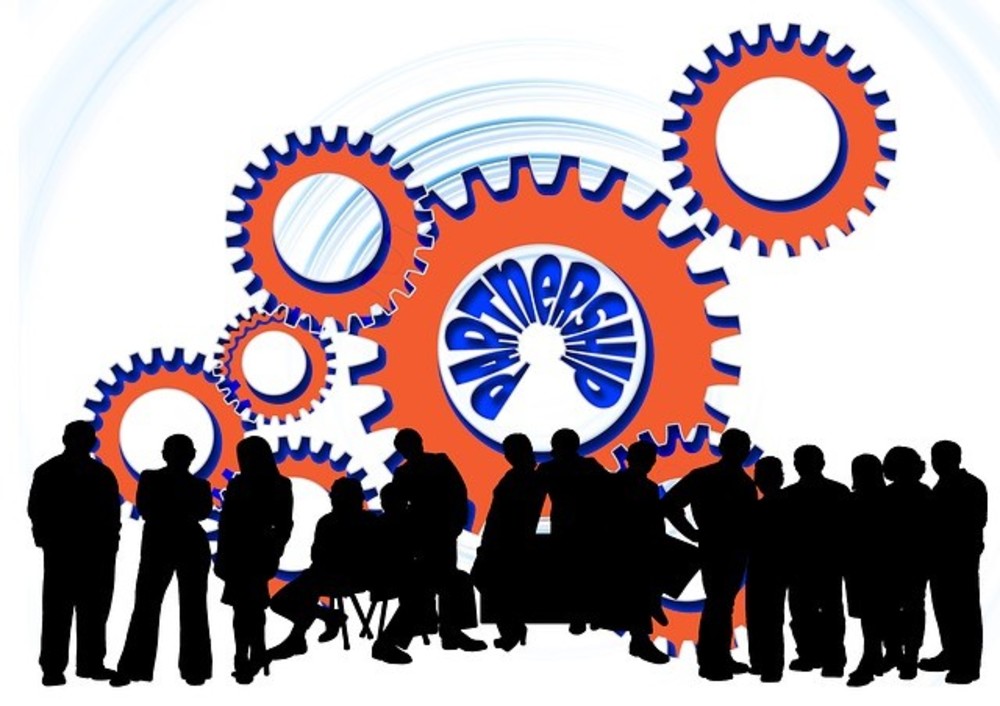This article is part of a blog series on robots, exploring what robots are and what they can do for the construction industry. Traditional industries like automotive, consumer goods, and manufacturing have used robots for a long time to expand their businesses. Worldwide, less advanced industries, like construction, are also looking at how they can automate processes using robots in the following areas:

Robots and work cells are used to:
For example, Fanuc Robotics developed a robot that can:
The robot is fully customizable to meet your clients' expectations according to their requirements. Integrating robots into your workflow will help you to be more efficient and more competitive if you use them in your fabrication process.

Construction robots are mainly used in the industry for fabrication. Some robots are used on construction sites. The majority of robots will perform the following tasks:
The former process can be very challenging for human beings, certainly physically but also mentally. Brick-laying robots are in their infancy, but they prove benefits when in use, as they can find out variations in blocks and appropriately use bricks or concrete blocks.
For example, a brick factory in France, Lhoist Refractaires, uses robotic systems for palletizing bricks.
Instead of human labor applying the concrete, a robot can layer concrete vertically to form a structure. This process is similar to the application of the adhesive process, except that concrete is much heavier than typical adhesives.
The Japanese have introduced welding systems to bring down welding time on construction sites.
One company developed a factory system that uses two six-axis robots to:
When the I-beams are delivered to the construction site the whole process helped to minimize the welding requirements necessary onsite.
The time saved is used to develop other projects.

Automating your processes with robots will allow you to:
Automation is not yet the main driver in construction businesses. The potential to change the way we are working by using robots in the industry is enormous.
The industry is not evolving at the same pace that other industries and techniques haven’t changed. It is time to develop new solutions including robotics to mitigate key industry challenges.
In a global survey commissioned by ABB of 1900 large and small construction businesses in Europe, the US and China, the respondents said the industry has to change, as right now:
Worldwide, governments are desperate to:
Some of the solutions could be to enhance productivity, efficiency, and manufacturing flexibility by:
Those solutions would help to improve the image of the industry and mitigate the risks of a skill and labor shortage crisis as it will:
The above issues are very important in the eyes of young people that envisage working in the construction industry. Making the necessary change to improve the image will attract more graduates to develop the new technologies they are born with, and less skilled people may be retrained to have more rewarding jobs like controlling robots and new machinery.
Automation and digital solutions will help you to design effective building design and construction processes.
Construction workers account for around 30 percent of workplace injuries and are up to four times more likely to be involved in a fatal accident vs. other sectors, with an estimated 108,000 fatalities every year worldwide. Robots can:
Robots and digital tools at the center of the construction industry value chain will support investment in innovation like:
Several leading universities co-develop new automated technologies with the industry.
For example, ETH Zurich, a leading research university in Switzerland supports research in the field of robotics fabrication in architecture and construction and has helped establish the world’s first laboratory for collaborative robotic digital fabrication in architecture, hosted at the ETH’s Institute of Technology in Architecture.

Robots help the construction industry to be safer by:
Focusing on health, safety and sustainability will boost investment in robotics. These investments will help to address the challenges of meeting the requirements for:
Driving Vision can help you to decide if you need to invest in technology. Our technology diagnostic looks at the best way to incorporate new technology into your workflows and how to move your organization to cloud computing so you can open up new possibilities for your daily planning tasks and make sure your data never leaves the optimally secured data center.
The technology appraisal report will help you to explore what investment is required to improve your projects’ productivity and collaboration as well as the ROI you can expect.
A Driving Vision expert will conduct the interviews online and will issue a report and discuss our findings with you. Together we will decide the best way to implement the solutions at your pace and according to your budget
Implementing BIM can be daunting, but Driving Vision is here to help you at the pace you are comfortable with. Get started by getting in touch now
We simplify the difficult and automate the mundane for an affordable fee
We become your BIM coordinator & Tech support for an affordable fee
We give you access to our CAD licenses for an affordable fee
We introduce you to our cloud technology and proprietary immersive technology for an affordable fee
